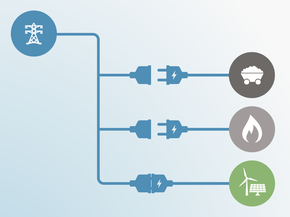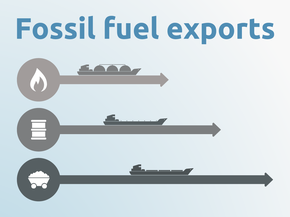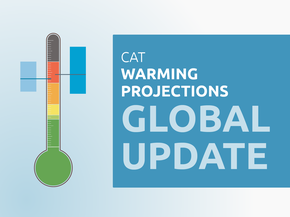Assumptions
Historical data
For historical emissions, we used national GHG inventory data provided by Morocco’s 1st Biennial Update Report for 1994 until 2012 (Government of Morocco 2016c). All reported values are based on Global Warming Potentials (GWP) from the IPCC’s Second Assessment Report. Inventory emissions data is provided for the years 1994, 2000, 2004-2006, 2008, 2010 and 2012. Linear interpolation is used to fill the data gaps between these years. For the historic years before 1994, we used a linear backward extrapolation of the trend between 1994 and 2010.
Pledges
The targeted emissions levels (incl. LULUCF) for both the unconditional and conditional 2030 pledge are provided in Morocco’s NDC submission (Government of Morocco 2016b). To exclude emissions from LULUCF, NDC targets are recalculated by subtracting projections of LULUCF emissions under the NDC from the targets including LULUCF. We derived these projections by taking the BAU emissions projections for the LULUCF sector provided in the 3rd National Communication and accounting for targeted emissions reductions from the LULUCF sector under the NDC, based on the reported sectoral breakdown of total emissions reduction contributions between 2020 and 2030 in the NDC (see Figure 2 in Government of Morocco 2016a).
Current policy projections
Current trend projections are based on BAU emissions projection provided in the 3rd National Communication (Government of Morocco, 2016b). In addition to the BAU scenario, the current policy projections consider several sectoral policies currently under implementation. For each of these sectoral policies, the 1st Biennial Update Report (Government of Morocco 2016c) provides emissions reduction estimates, which were used to model the current policy emissions pathway.
The current policy scenario considers the extension of national wind farms to a total capacity of 2,000 MW by 2020 under the Morocco Integrated Wind Energy Program, energy efficiency programmes in the building sector, public lighting and the industry sector (excluding large energy consuming industries) as well as the extension of Rabat and Casablanca tramways. The 1st Biennial Update Report provides annual emission reduction estimates by 2020 and 2030 for the all the aforementioned policies (Government of Morocco 2016c). Contrary to the CAT assessment in 2016, which displayed an uncertainty range for the full implementation of the Morocco Solar Plan and the extension of the Morocco Hydro-Electric Plan, this year’s current policies projection assumes the full implementation of both plans until 2020 due to recent positive developments in meeting the 2020 capacity deployment targets. The extension of wind, solar and hydro capacity by 2020 is estimated to reduce emissions by 11 Mt CO2 annually (Government of Morocco 2016c).
Further analysis
Latest publications
Stay informed
Subscribe to our newsletter







